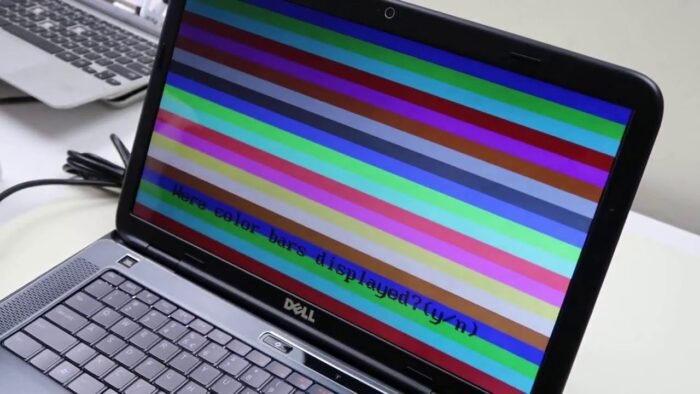From sudden crashes and error messages to cracked screens and ridiculous fan noises, perplexing hardware issues plague even high-quality laptops as years wear on silicon innards designed for finite functional lifetimes. While instinct suggests hauling defective computers directly to service centers for costly diagnosis and lengthy repairs, the vast majority of everyday consumer laptop failures link to simply fixable component damage requiring no special skills just common household tools and patience. In this article we talk about How to Repair Laptop Hardware Failures.
Equipping with the right understanding then strategically testing and replacing malfunctioning laptop pieces like storage drives, memory sticks, and DC charging ports avoids lengthy downtown and saves hundreds overboard repair quotes. Let’s demystify solutions reviving your device to fully operational shape again.
Step 1: Diagnose the Root Failure
Without rushing to disassemble chassis straightaway, methodically pinpoint probable failure sources based on laptop error symptoms first. Strange beeps at bootup indicate RAM seating problems. No display or backlight issues trace to broken LCD cables or worn-out inverters. The goal centers ruling out many software-based issues like recent updates or corrupted drivers manifesting hardware-like problems before determining true defective parts needing replacement physically.
Step 2: Identify Resources for Your Specific Laptop Model
Once positively isolated hardware defects after software troubleshooting, search forums and YouTube repair guides specific to your laptop make and model (ex: Dell Latitude E5440 repair) highlighting the damaged component like display panel replacement walkthroughs. OEM service manuals prove invaluable showing step-by-step instructions handling model-specific intricacies like special screw and ribbon cable diagrams. Familiarize yourself completely before attempting any hands-on work.
Step 3: Order Correct Replacement Parts
While swapping parts between similar laptops may seem easy, component variations prevent universal compatibility making orders for proprietary replacements essential upfront. Confirm part numbers fully for your particular model and hardware generation before purchasing. Cross-reference user comments on inferior quality options cheaply made too. Plan around longer shipping times sourcing some rarer batteries and adapters overseas as well.
Step 4: Backup Critical Data
Before partitioning devices open and tinkering with physical computing components, always backup critical files externally not yet corrupted. While the repairs aim to restore full functionality avoiding data loss outright, mishaps hardware handling risks further issues physically damaging components leaving data potentially unrecoverable without remote backup retrievable afterward separate from the device. Consider it cheap insurance!
Step 5: Follow Repair Guides Closely Then Reassemble Meticulously
Armed with correct replacement parts in hand and appropriate walkthroughs ready, carefully disassemble just enough computer sections absolutely mandatory for access then delicately swap out the confirmed faulty component. Double check new alignments noticing any missed connective ribbon cables. Reseating parts firmly prevents power-on errors. Go slowly ensuring proper order and placements. Rushing risks costly mistakes cracking fragile display panels and motherboard circuits. Allow significant time and patience getting the little pieces patiently screwed and latched back just right.
Avoid tossing devices at first signs of technical troubles which commonly link to easy home fixes given the right online guides and reasonably priced replacement parts sourced online. Believe even inexperienced users can rescue laptops themselves! Just remember – research thoroughly, order exactly the right components for your model, backup important data then follow instructions fastidiously throughout complex repairs. Master reviving consumer laptops more sustainably and affordably than ever! I hope this “How to Repair Laptop Hardware Failures” article helps you.

